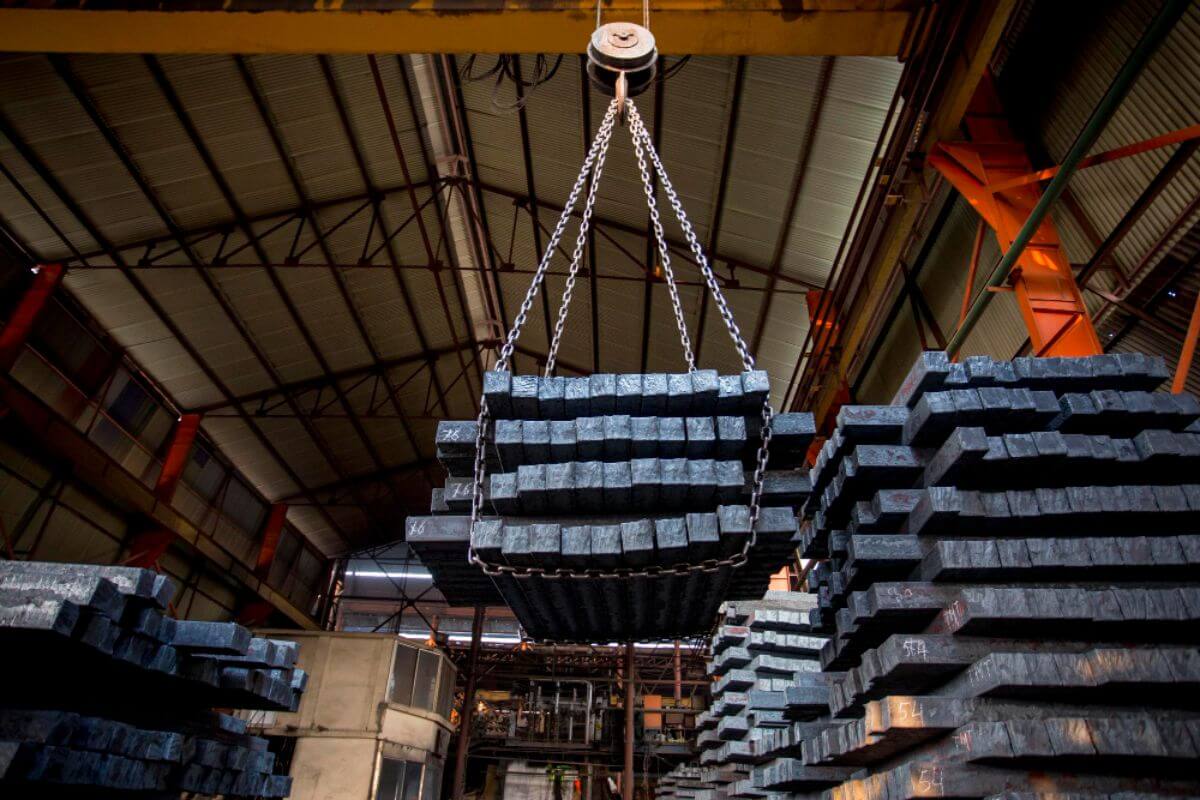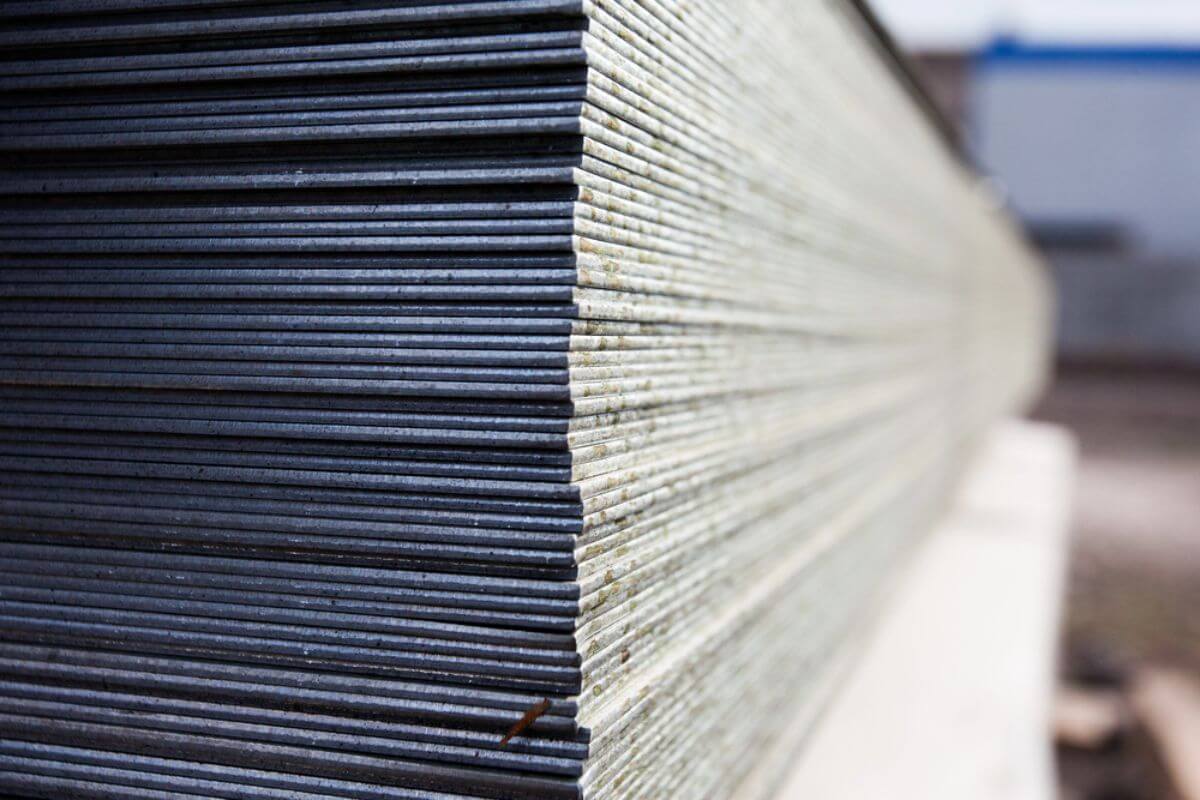What are the benefits of using steel in architecture?
- Durability and ductility
- Design versatility
- Cost-effective
- Increased speed of construction and safety
- Lightweight
- Aesthetics
- Sustainable
- Reduced delivery time
Steel products in the Philippines are widely used as a construction material because of their extreme durability, value for money, and versatility. But over the recent years, steel has also gained popularity as an architectural material whereas both function and aesthetics are at its core. Engineers and architects across the world are building structures using steel as a standout design element. What makes steel an attractive material for architects? Read on. Here are the 8 benefits of using steel in architecture.
Durability and Ductility
Steel framing materials are extremely durable. These can withstand damage from extreme weather and other movements, which is essential for meeting architectural needs.
In addition, steel is known for being a ductile material that can respond to overload in a controlled manner with managed load retention. Its size and shape can be arranged to offer a level of robustness that can’t achieve by other more brittle construction materials. Steel offers excellent structural support while allowing a reduction in thickness.
Design Versatility

Steel is a highly versatile material. It comes in various shapes and sizes. Given that steel is ductile, it can be further fabricated to accomodate any architect’s design vision. A wide variety of custom steel shapes can be manufactured and used for any building component.
With steel, architects can express their design visions in their projects through:
- Use of steel tubes for aesthetically slender designs
- Exposed steel structures
- Easy forming of curved steel designs
- Visual effects through various steelwork finishes such as galvanizing, painting, and other finishes
- Steel accessories, steel furniture, and steel accents
Today, many of the most architecturally-striking buildings are built using different steel parts. These buildings have unique and dynamic designs from endless shapes to complex geometries, thanks to steel.
Cost-Effective
Steel is an affordable material. It is abundant and easy to fabricate, which ultimately passes the cost-savings to the end consumer. If architects want to design a building with copious amounts of a certain material, they will save more money by using steel. Steel is also more durable, which provides the project owner more value for money in the long run.
Increased Speed of Construction and Safety
Through the use of steel, innovative architectural structures are built faster and with improved safety outcomes.
The majority of structural steel can be prefabricated with minimal site work needed, other than assembly through bolted connections. As a result, the structure is constructed faster. With fewer people on the construction site and more than 70% of labor reduction, the construction becomes safer.
When planning about architectural building, the primary goal should be the safety of the majority who will enter the structure once finished. Luckily, steel is also non-combustible so it does not ignite flames. It is also resistant to corrosion, shattering, and rust even during extreme movement. This reduces the chances of workers suffering burns or cuts.
By using steel in architecture, you are ensuring that fewer accidents happen.
Lightweight
Steel is lighter compared to other materials such as iron. A steel structure is also 30% to 60% lighter than one made from concrete. The lightweight nature of steel makes it easier to transport and erect quickly. Steel can easily accommodate retrofit designs.
Aesthetics

Steel is undoubtedly one of the most aesthetic building materials. Some of the most iconic structures are celebrated through the stunning and innovative use of steel. The versatility and ductility of steel make it possible for an architect to bring their design visions to life. There are also a wide array of finishes and surface treatments that can achieve any aesthetic.
Sustainable
Due to the growing concerns about the environment, sustainability is at the forefront of modern architectural projects. Steel is 100% recyclable, making them one of the most sustainable materials in the world. In addition, it does not lose its strength or other physical properties even after numerous recyclings.
Reduced Delivery Time
Steels that are needed in architectural buildings are manufactured in advance and shipped directly to the site and prepared with the necessary measures to do for quicker assembly. In addition, steels are affordable which breaks the myths of many that they’re expensive because of its many benefits. Here at Regan Industrial Sales, Inc., we offer fast delivery of steel products in the Philippines for an affordable price to meet your architectural needs!
Key Takeaway
In this blog, we’ve listed the benefits of using steel in architecture which is important for those people working in the architectural field to know. There might be other construction materials that can be used, but the good news is, steel is the best material for architectural buildings as they have exceptional qualities that architects need.
If you’re interested in purchasing steel products in the Philippines for your architectural projects, contact Regan Industrial Sales, Inc. today. We offer a wide variety of steel products that cohere to high standards. We also have steel services that you can take advantage of.







